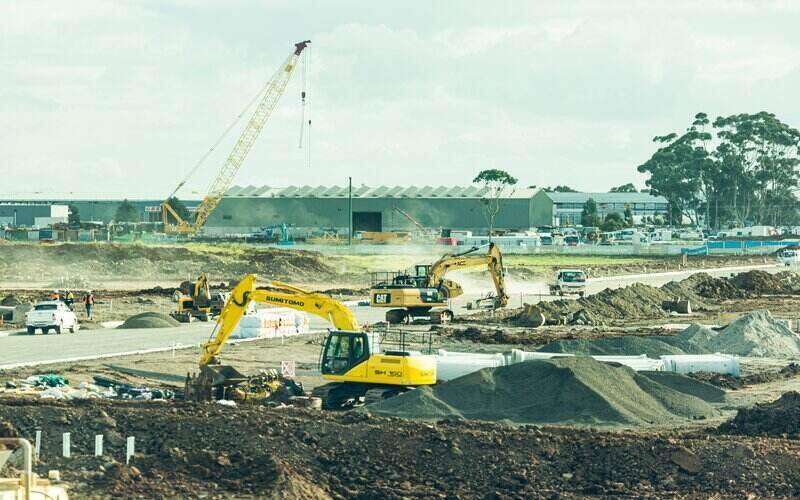In the private sector, wages rose 0.7% over the June quarter - the public sector also saw a 0.6% rise.
Annually, private sector wages (2.7%) rose more than public sector wages (2.4%).
Given that the public sector has a large proportion of jobs paid under multi-year enterprise agreements, it tends to be less reactive to labour market conditions.
Head of Prices Statistics at the ABS Michelle Marquardt said the growth is driven mostly by the wage rise across the private sector.
"After three quarters of consistent wage growth, the annual rate of growth was 2.6%," Ms Marquardt said.
"This is the highest annual rate of wages growth since September 2014.
"Expanding demand for skilled jobs over the last 12 months has continued to build wage pressure across a broader range of industries and jobs, reflected in the increasing size of pay rises.”
A higher proportion of jobs in the private sector received a wage increase, compared to recent June quarters.
The average size of private sector hourly wage rises increased to 3.8%, up from 2.7% this time last year.
This sets the highest rate of average wage movement for the sector since June 2012.
The construction industry saw one of the higher rates of quarterly wage growth, up 1.4%.
However, the accommodation and food services industry reported a modest 0.1% rise.
Annual wage growth also varied by industry, with the construction sector recording its highest annual rate of growth since December quarter 2012, increasing 3.4%.
Meanwhile the mining and electricity, gas, water and waste services industries experienced a 2.2% growth rate.
The highest rate of quarterly wage growth (0.8%) was recorded in Western Australia, while Queensland and Tasmania recorded the highest rate of annual growth (2.9%).
Northern Territory recorded both the lowest rate of quarterly (0.3%) and annual wage growth (2.0%) for the second consecutive quarter.
ANZ senior economist Catherine Birch called the overall figure "quite weak" when the record-low unemployment rate and rising inflation are taken into account.
"With inflation running well ahead of nominal wage growth, real wages are falling steeply, down 2.1% year-on-year using trimmed mean inflation and even further - down 3.3% year-on-year - using headline inflation," Ms Birch said.
"This is a key reason for the weakness in consumer confidence. We think real wages will continue to fall until the first half of 2023."
Westpac senior economist Justin Smirk also said wages should hopefully start to pick up in the back-end of this year.
"There has been a steady gradual rise in the WPI Index and it is far from what you would describe as a wages breakout," Mr Smirk said.
"We are somewhat surprised it was not stronger given reports of widespread use of bonus to recruit workers in a very tight labour market.
"If there was ever a time for wages to regain some of relationship with broader labour market indicators, late 2022 and through 2023 must be it."
Image by Troy Mortier via Unsplash.



 Denise Raward
Denise Raward
 Harry O'Sullivan
Harry O'Sullivan

 Harrison Astbury
Harrison Astbury
 Brooke Cooper
Brooke Cooper
